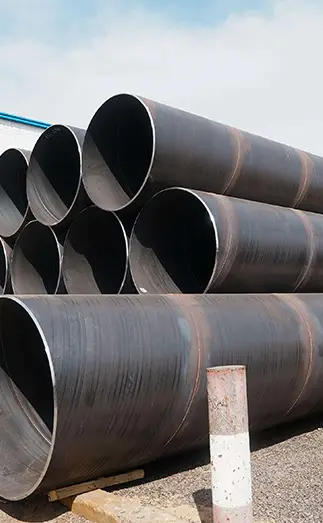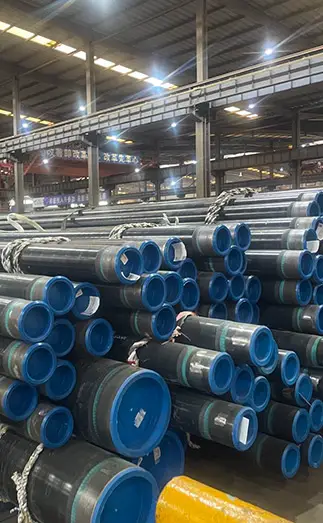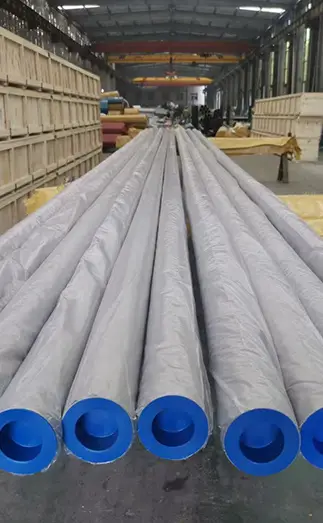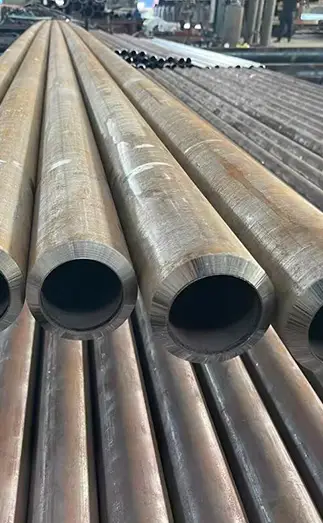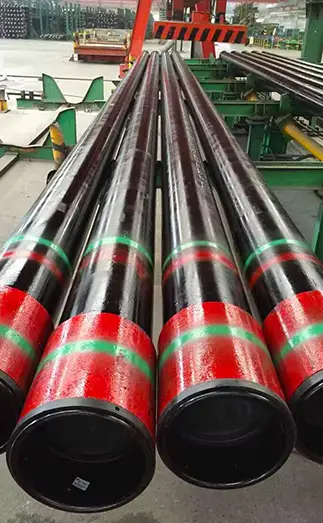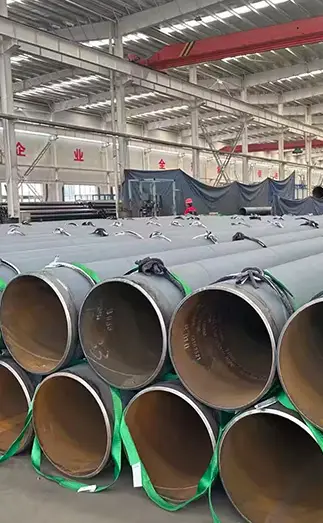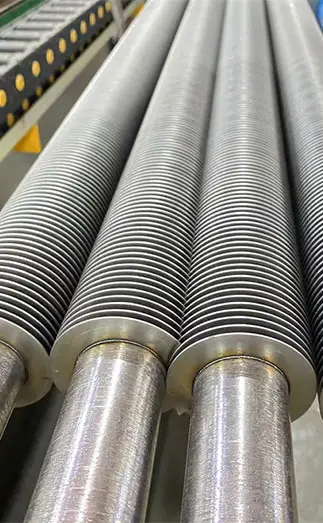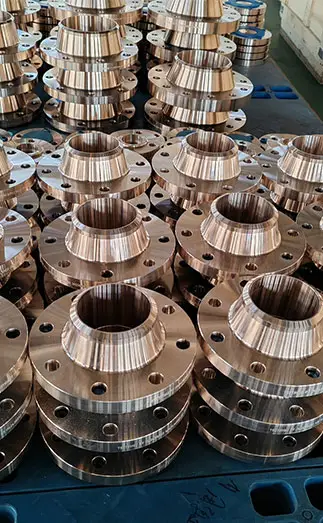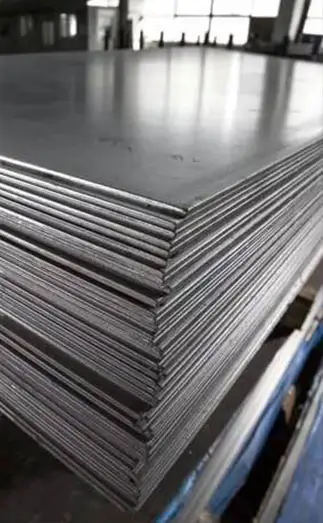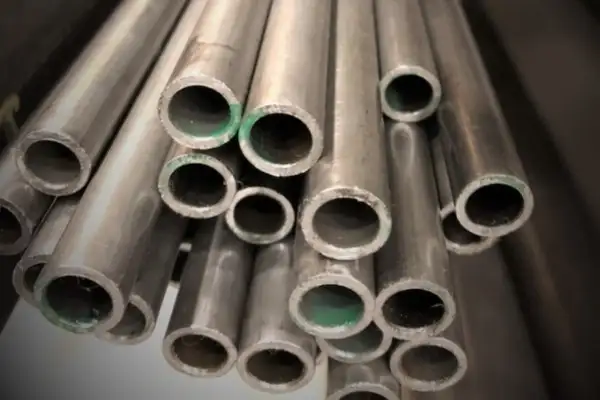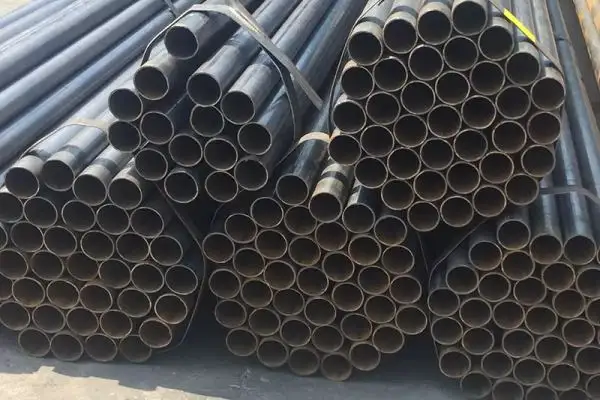Weld Neck (WN) flanges are one of the most reliable and widely used flange types in high-pressure and high-temperature applications. To ensure consistent quality, safety, and compatibility, several international standards define the material composition and manufacturing dimensions of these flanges.
Material Standards of WN Flange
The choice of material depends on the operating environment, including pressure, temperature, and corrosion resistance requirements. Common material standards include:
ASTM A105 / A105N
For carbon steel weld neck flanges used in moderate temperature and pressure conditions.
ASTM A182 F11, F22
For alloy steel flanges, suitable for high-temperature service such as in power plants or refineries.
ASTM A182 F304 / F304L, F316 / F316L
For stainless steel weld neck flanges, offering excellent corrosion resistance and durability in harsh environments.
Manufacturing Standards of WN Flange
Dimensional and pressure rating standards ensure interchangeability and safe connection with pipes and fittings. Key manufacturing standards include:
ASME B16.5
Covers pipe flanges and flanged fittings up to 24 inches in diameter.
ASME B16.47
Applies to large-diameter flanges above 24 inches.
BS 3293
British Standard for carbon steel flanges in refinery piping systems.
DIN 2630–2635
German standards defining pressure ratings from PN 1 to PN 40, covering various industrial requirements.
By adhering to these standards, manufacturers and users can ensure weld neck flanges deliver reliable performance, long service life, and seamless compatibility across international piping systems.
FAQ: Weld Neck Flange Standards
Q1: What is the difference between ASME B16.5 and ASME B16.47?
A: ASME B16.5 covers flanges up to 24 inches in size, while ASME B16.47 covers larger diameters above 24 inches. Both define dimensions, pressure ratings, and tolerances to ensure uniformity.
Q2: Why are there different ASTM grades like A105, F11, and F316?
A: Each grade corresponds to different materials suited for specific applications — A105 for carbon steel, F11/F22 for alloy steel (high temperature), and F304/F316 for stainless steel (corrosion resistance).
Q3: What does “PN” mean in DIN standards?
A: “PN” stands for Pressure Nominal, indicating the pressure rating of the flange in bars. For example, PN16 means the flange can withstand up to 16 bar of pressure.
Q4: Can I mix flanges from different standards (e.g., ASME and DIN)?
A: Generally, no. Mixing standards can lead to mismatch in dimensions and pressure ratings. Always ensure both flange and pipe systems follow the same standard series for proper fit and sealing.



 English
English Español
Español Français
Français بالعربية
بالعربية